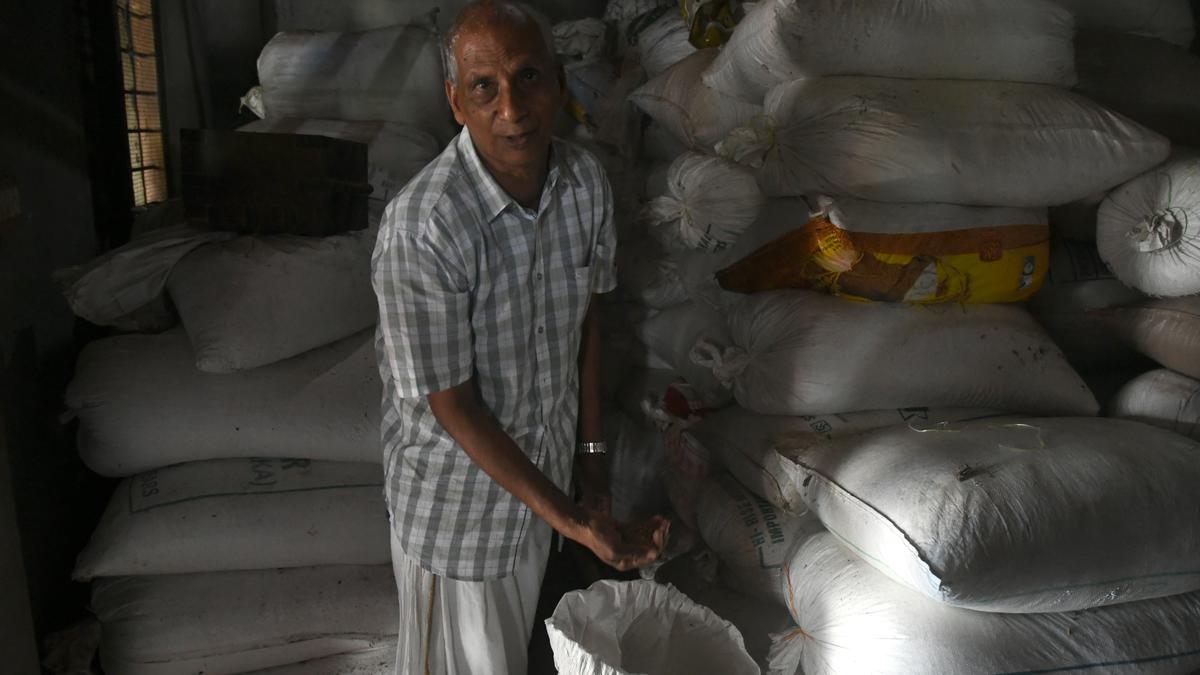
Costly labour, preference for shrimp culture loom over Pokkali’s future
The Hindu
Pokkali cultivation needs no use of fertiliser or pesticide as it follows a unique rotational crop pattern. The paddy is cultivated from April to October when the salt content in water is lowered by monsoon rain, whereas prawns are farmed in the same fields between November and March when the water records higher salinity.
C.V. Mathew, a traditional pokkali farmer at Kumbalanghi, recalls how things were decades ago.
His forefathers nursed the paddy so well that they received bumper harvests in return. But the labour-intensive variety of paddy is losing traction among farmers now.
K.A. Thomas, a pokkali farmer at Kadamakudy, which is around 30 km north of Kumbalanghi, counts the bags of unsold pokkali rice from last year’s harvest stored in a room.
“Two tonnes at least,” he sighs.
P.T. Swapnalal of the nearby Varapuzha panchayat says he has almost given up cultivating this unique, GI-tagged variety of paddy that is saline tolerant. “Why should I sow the seeds to reap bigger debts and more sorrow?” he asks.
Pokkali farmers are living on the edge.
Pokkali cultivation needs no use of fertiliser or pesticide as it follows a unique rotational crop pattern.













